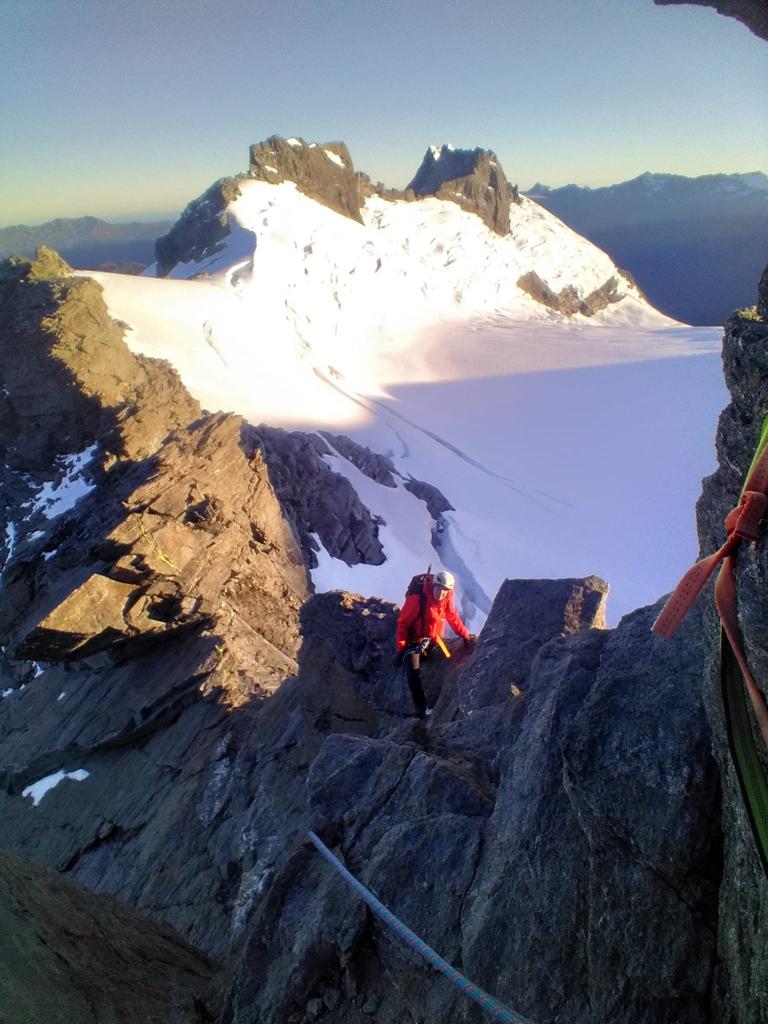Updated: Jun 6, 2020
You can find this stunning mountain along the Swiss-Italian border in the Pennine Alps. It has been classified as the easiest and most popular mountain of the Swiss 4,000m peaks. But don’t let that fool you. The Breithorn is a highly demanding and challenging climb at extreme altitude that shouldn’t be underestimated. In this blog you’ll find out the 2 reasons that make training so important to your success and safety followed by a 4-Week Breithorn Training Plan.
The 2 Reasons Why You Need To Be Training To Climb Breithorn:
1. Altitude
The summit altitude is 4,164m. Sitting just over 4,000m it’s safe to say Breithorn is pretty high above sea level. If the concept of being just over 4,000m seems weird and something you just can’t imagine, then go for a 5km walk or run in a straight/straightish line. Doing that will put the magnitude of Breithorn into perspective and show you why training for this trek is so so so important.
2. Gradient Profile
Even though Breithorn can be climbed in one day, this should actually show you just how steep the climb is. There is a lot of scrambling up the steep slopes that requires you to concentrate and focus, despite the thinning air and potential vertigo! The other factor with this ascent is the fact that it is a consistent ascent (basically there are no flat bits or down hill bits where you can catch your breath). Once you start climbing, you are climbing and what will push you through this challenge will be your fitness levels.
NOTE: Please read “The 5 Essential Training Principles Of Mountaineering & Trekking” before you start the next section of this blog. You’ll need to understand what the training principles actually are to understand your 4-Week Breithorn Training Plan.
A small disclaimer, 4 weeks to train and prepare is really the minimum amount of time I would suggest to any of my clients with reasonable/average fitness levels. If you struggle to walk 5km with a heart rate of about 130bpm or run 5km with a heart rate between 140bpm and 150bpm then rather be on the safe side and assume you need longer than 4 weeks to prepare.
The 4-Week Breithorn Training Plan
In my book “A Step-By-Step Manual To Mountaineering & Trekking Around The World” I share the formula I developed to calculate the exact number of hours you should be training per week to reach your peak physical condition for any mountain or trekking route you choose, as well as an entire, detailed and scientific chapter dedicated to creating your own training program.
If you haven’t read my book and calculated your weekly training hours then please know that the below training plan is based on the average age, weight and overall fitness levels of a person. This program also excludes the specific Heart Rate Zones that I explain and apply to The Training Chapter in my book, simply because it is impossible (and medically unsafe) to assume and suggest the specific zones you should be training in without properly calculating them.
Dedicate yourself to your training, give of your absolute best at sea level so you can give of your best at altitude. Breithorn will demand nothing less than your absolute best.
Week 1
- 2 hours Aerobic Fitness
- 30 minutes Core Stability
- 15 minutes Ankle Mobility and Balance
- 1 hour Leg and Glute Strength
- 15 minutes Anaerobic Power
Week 2
- 2 hours Aerobic Fitness
- 30 minutes Core Stability
- 15 minutes Ankle Mobility and Balance
- 1 hour Leg and Glute Strength
- 15 minutes Anaerobic Power
Week 3
- 2.5 hours Aerobic Fitness
- 40 minutes Core Stability
- 15 minutes Ankle Mobility and Balance
- 1.5 hours Leg and Glute Strength
- 15 minutes Anaerobic Power
Week 4
- 2.5 hours Aerobic Fitness
- 40 minutes Core Stability
- 15 minutes Ankle Mobility and Balance
- 1.5 hours Leg and Glute Strength
- 15 minutes Anaerobic Power
If you’re looking for more help and would prefer to work directly and personally with a High Altitude Coach then checkout my Mountaineering & Trekking Training Program.
NOTE: I normally include a “Peak Week” plan into each training plan but because this is such a short training plan, I have excluded the peak week.





